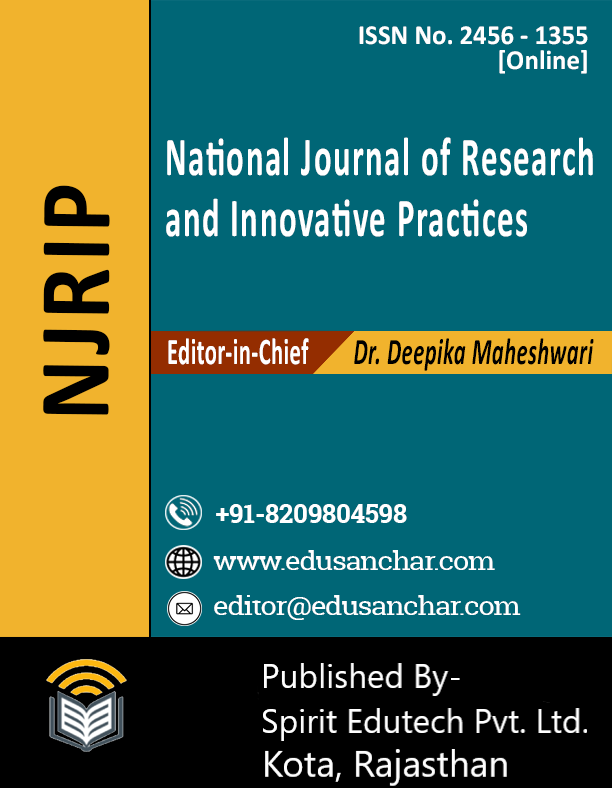
Barriers to Digital Inclusion in Education: Challenges and Solutions
Author Name :- MR. RISHABH KUMAR,,
Journal type:- NJRIP-National Journal of Research and Innovative Practices
Research Field Area :- Department of Education ; Volume 10, Issue 2, No. of Pages: 4
Your Research Paper Id :- 202501021703
Download Published File :- Click here
Abstraction :-
Keywords :-
Digital inclusion, education technology, digital literacy, socio-economic disparities, cybersecurity, broadband access, equitable learning, infrastructure, accessibility, online education, technological divide, digital equity, ICT in education, learning gap, digital empowerment.
References :-
• Anderson, M., & Horrigan, J. B. (2017). Digital divide persists even as lower-income Americans make gains in tech adoption. Pew Research Center.
• Blommaert, J. (2010). The sociolinguistics of globalization. Cambridge University Press.
• DiMaggio, P., & Hargittai, E. (2001). From the ‘digital divide’ to ‘digital inequality’: Studying internet use as penetration increases. Princeton University Center for Arts and Cultural Policy Studies.
• Eshet-Alkalai, Y. (2004). Digital literacy: A conceptual framework for survival skills in the digital era. Journal of Educational Multimedia and Hypermedia, 13(1), 93-106.
• Livingstone, S., & Haddon, L. (2012). Risky opportunities: Children and new media. Journal of Digital Media & Policy, 3(2), 52-78.
• Ng, W. (2012). Can we teach digital natives digital literacy? Computers & Education, 59(3), 1065-1078.
• OECD. (2019). The future of education and skills 2030. OECD Publishing.
• Reich, J. (2020). Failure to disrupt: Why technology alone can’t transform education. Harvard University Press.
• Robinson, L., Cotten, S. R., Ono, H., Quan-Haase, A., Mesch, G., Chen, W., & Stern, M. J. (2015). Digital inequalities and why they matter. Information, Communication & Society, 18(5), 569-582.
• Warschauer, M., & Ames, M. (2010). Can one laptop per child save the world's poor? Journal of International Affairs, 64(1), 33-51.


